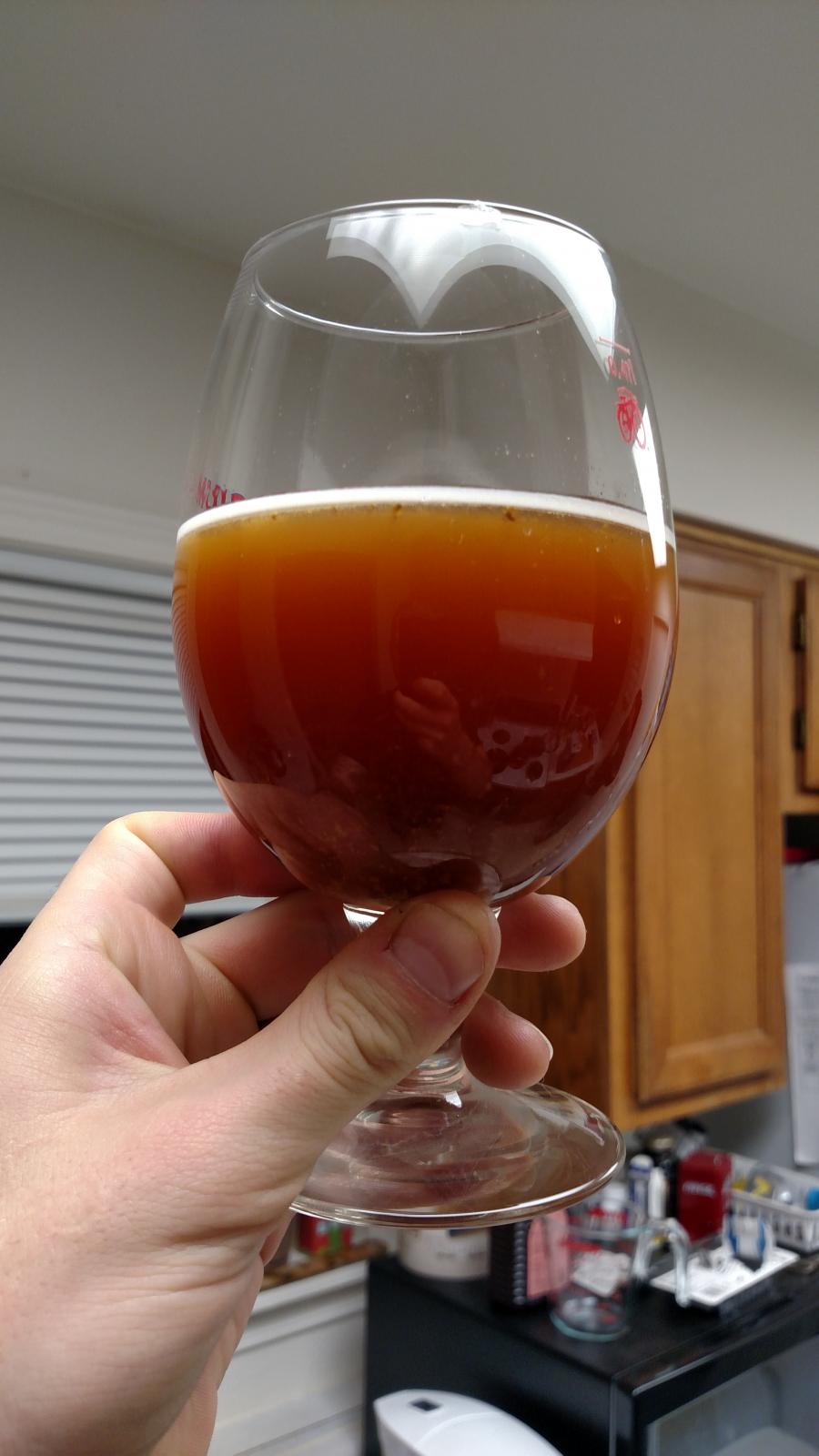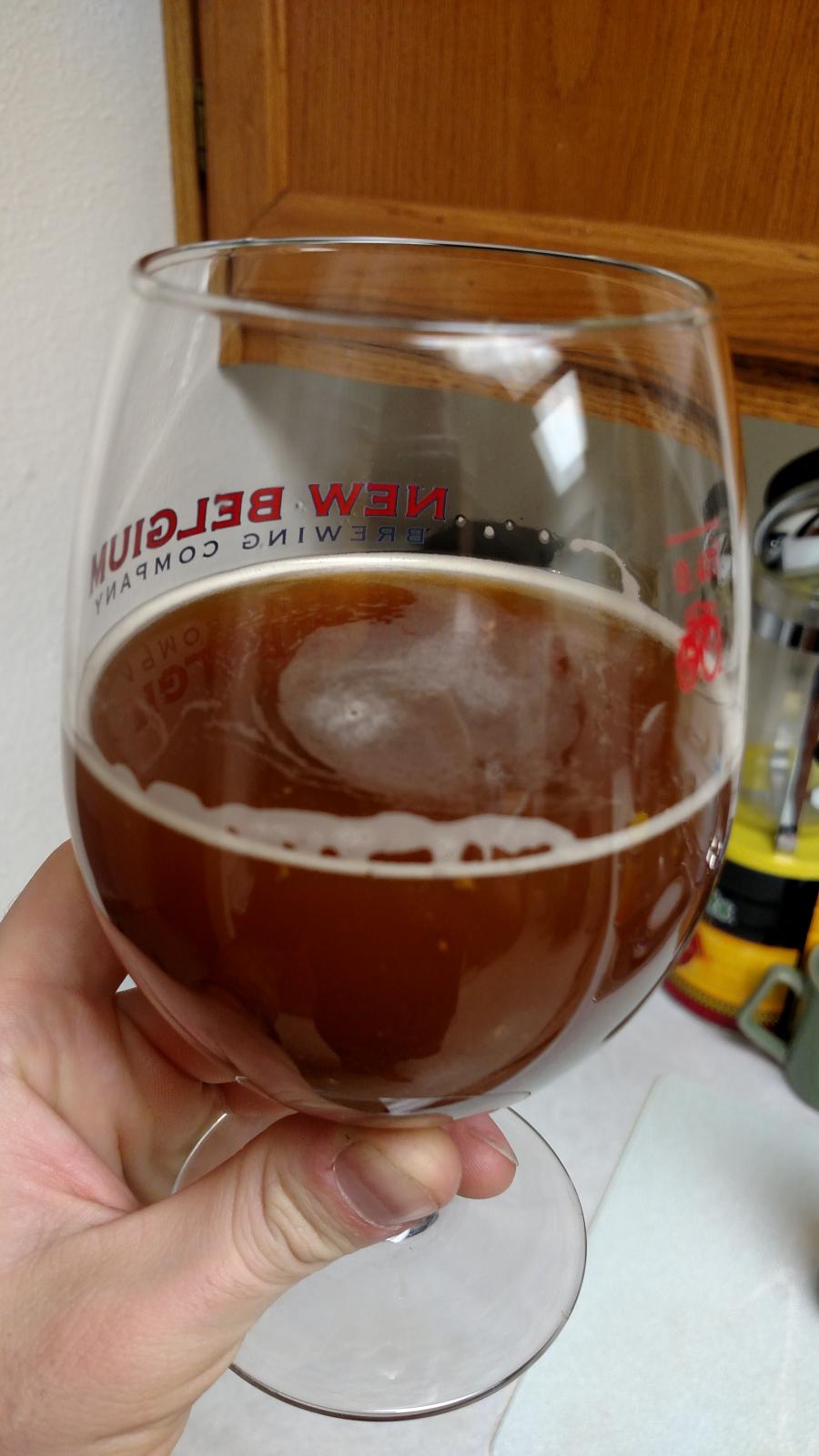JamesHoffman
Member
I think I've come across my first infection. I don't know how it happened, but the beer is overcarbonated (foams over the rim of the bottle several minutes after it's opened), looks like mud (this is after 5 weeks of bottle conditioning at about 65 degrees F), smells very yeasty and earthy, and tastes just a tiny bit sour. It's supposed to be a Red IPA.
Does anyone recognize this infection, or does it look like an error somewhere else?


Does anyone recognize this infection, or does it look like an error somewhere else?










































![Craft A Brew - Safale BE-256 Yeast - Fermentis - Belgian Ale Dry Yeast - For Belgian & Strong Ales - Ingredients for Home Brewing - Beer Making Supplies - [3 Pack]](https://m.media-amazon.com/images/I/51bcKEwQmWL._SL500_.jpg)
















